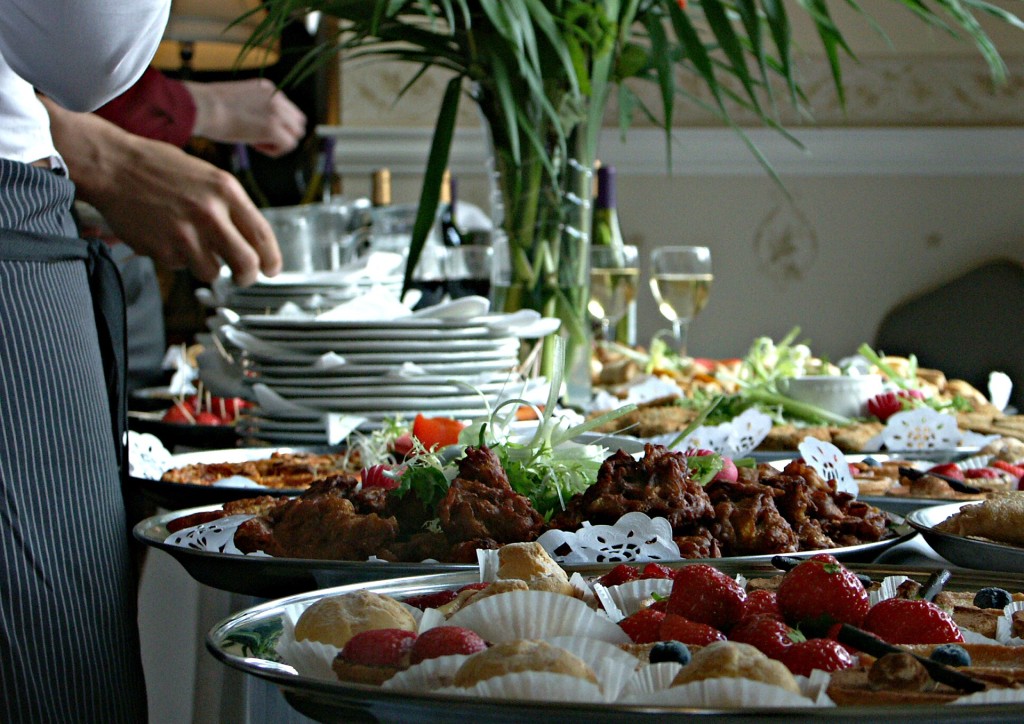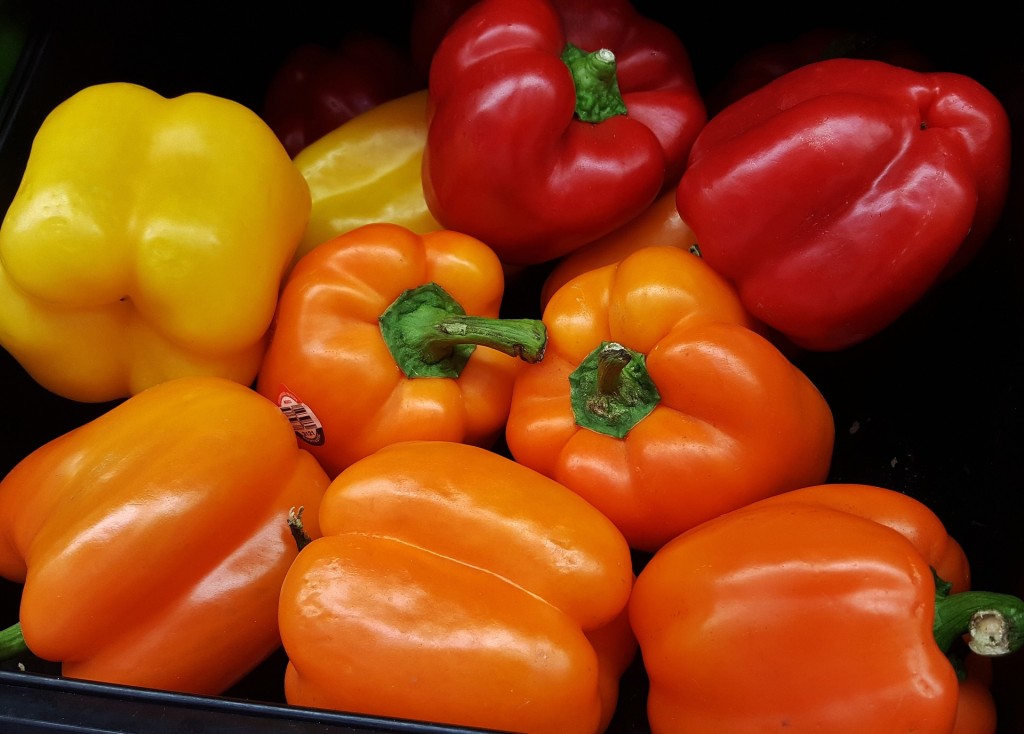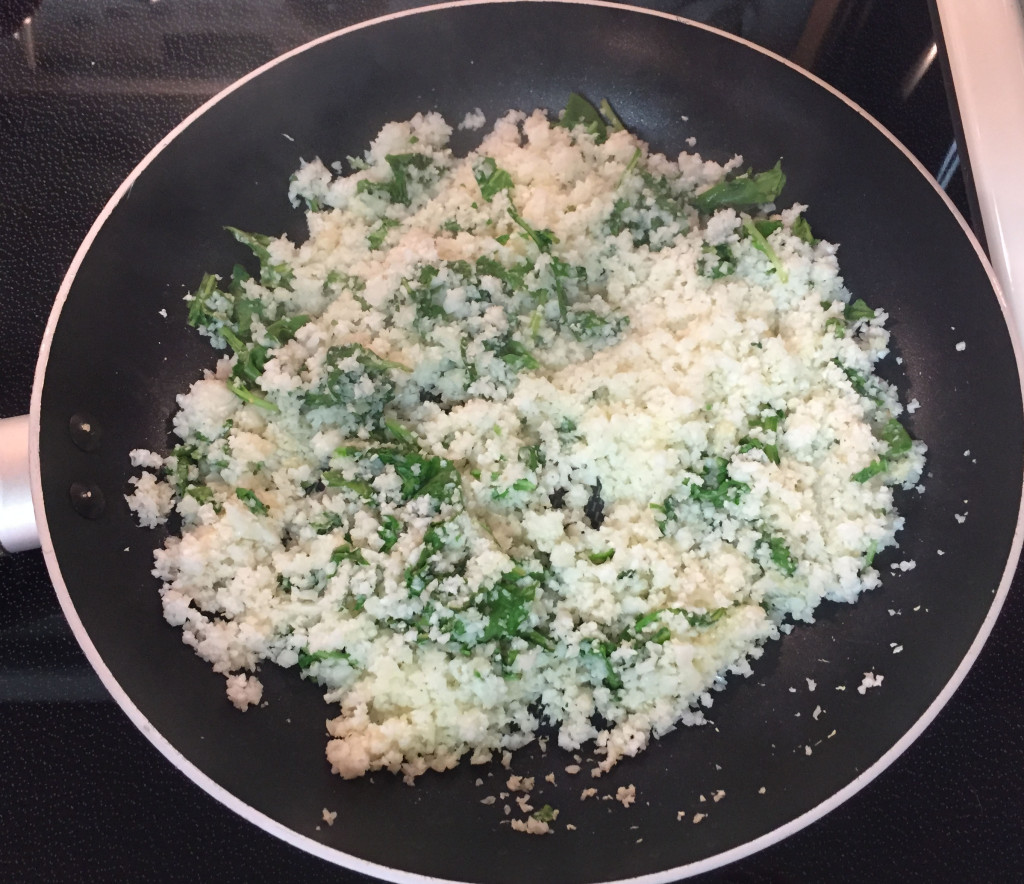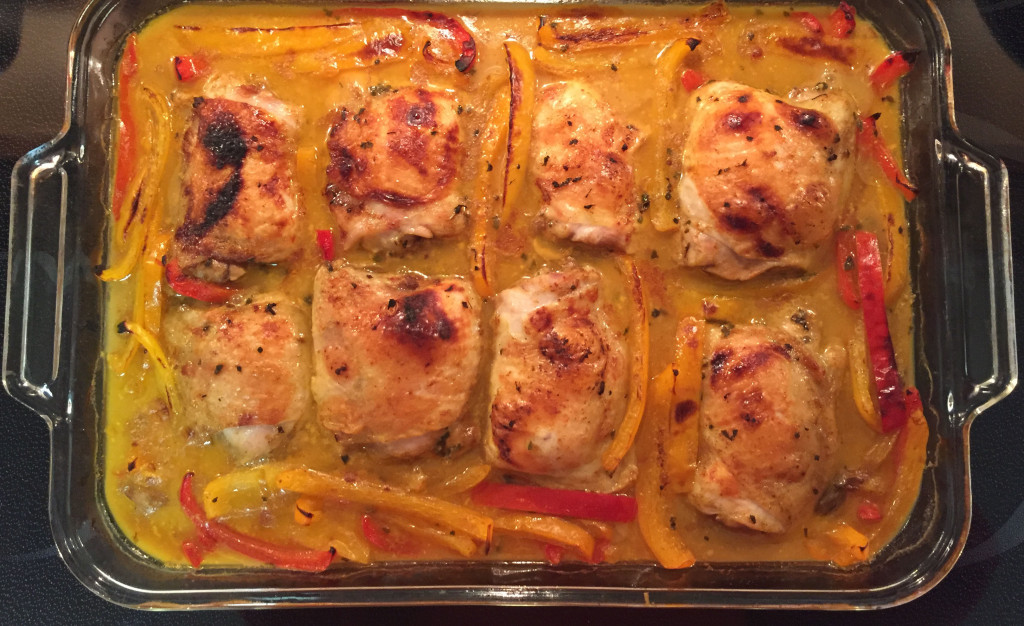I’ve written about BLT’s (bites, licks and tastes) in the past and they are covered in the book. One of the most dangerous times – high risk for BLTs – for people that prepare food is at meal preparation time. It is incredibly easy for some people to consume an entire meal before the meal, by just “tasting” the food being prepared.
“Just want to be sure it is seasoned correctly and tastes good.”
Avoid this trap by allowing yourself no more than two samples, measuring less than a teaspoon.
That means zero BLTs is okay.




